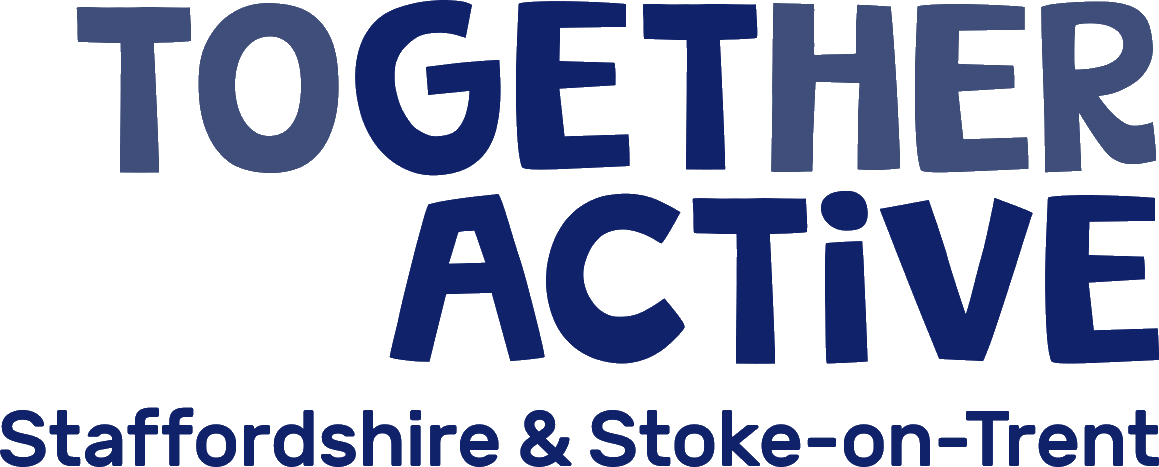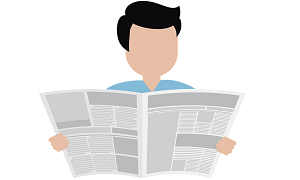
Our Strategy 2024-2030
We’re passionate about making physical activity a natural part of everyday life, especially for those who face the most challenges. Our systems and environments often prevent people from being active, particularly in underserved communities where poverty, disability, and social exclusion are everyday realities. These barriers keep many from experiencing the incredible mental, physical, and social benefits that come from staying active.
We are focusing our efforts where they are needed most: the communities that are too often unheard and excluded. In places like Stoke-on-Trent, where poverty and health disparities are deeply felt, we are working to ensure that physical activity becomes accessible to everyone, regardless of income, background, or circumstance.
Our goal is clear: we want to transform the way our communities experience physical activity. We believe in a future where health systems, schools, community organisations, and local governments work together to integrate physical activity into daily life. This is about more than just exercise — it’s about creating environments where everyone can live healthier, more connected lives.
We aim to break down barriers and provide opportunities for the people most affected by systemic inequality; people living in poverty, those with physical disabilities, mental health challenges, or who are at risk of social exclusion. Through collaboration, data-driven action, and a deep commitment to inclusion, we’re working toward a world where physical activity is a given, not a privilege.
Together, we’re building a future where we can design out inactivity.
Our Strategy 2024-2030
Our Strategic Aims
| What do we want? | Resulting in… |
| Closer working with partners to improve the prevention pathway for mental health | Physical activity is fully integrated into everyday life, acting as a protective element against the development or decline of mental illness |
| Prove that physical activity has a critical role to play in community development | Physical activity has helped increase social capital |
| Test new ways of working with socially excluded groups to increase the opportunities for them to be active | More people from low-income households, ethnically diverse backgrounds, people who have a disability, and women are more active regularly |

